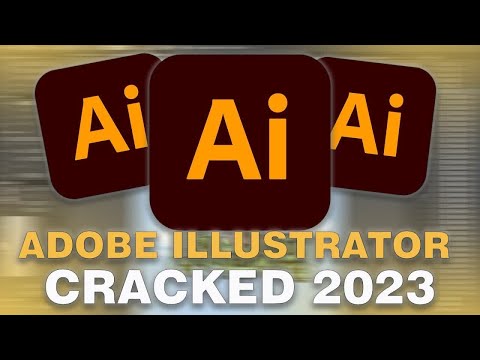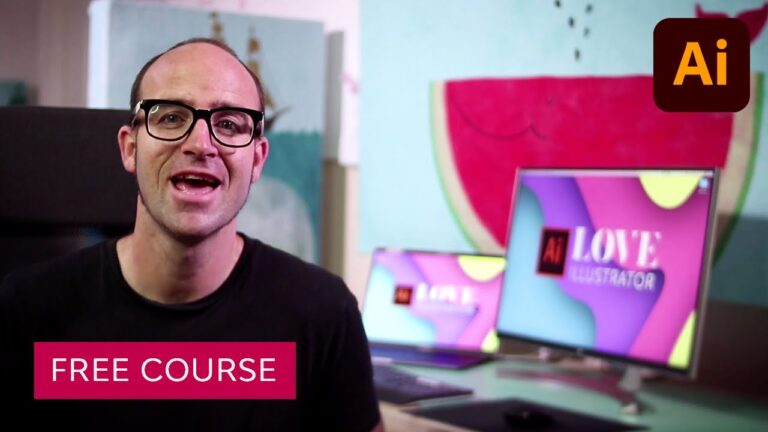Lucrative Illustrator Jobs: Exploring Roles and Salaries
An Illustrator Job Description involves creating visual illustrations, graphics, and artworks for various purposes such as books, magazines, advertisements, and websites. They collaborate with clients or art directors to understand their requirements and create visually appealing designs that effectively communicate the desired message or story.
Illustrators typically use traditional art techniques such as drawing, painting, and sketching, as well as digital tools like Adobe Illustrator and Photoshop to bring their ideas to life. They may specialize in a particular style or theme, such as children’s book illustrations, comic book art, or technical illustrations.
The role of an Illustrator also includes researching and gathering reference materials, brainstorming ideas, and making revisions based on feedback. They must have a keen eye for detail, a strong sense of composition and color, and excellent drawing skills.
As for Illustrator Salary, it can vary depending on factors like experience, skill level, location, and industry. On average, illustrators earn a median annual salary of $52,110. However, freelance illustrators may charge per project or per hour, which can result in higher earnings depending on the demand for their work.
In conclusion, being an Illustrator offers creative individuals the opportunity to showcase their artistic talent and contribute to various visual projects. The job description involves creating visually appealing illustrations, while the salary can be influenced by various factors and can range from modest to lucrative.

Illustrator Job Description Template
Illustrator Job Description An illustrator is a creative professional who uses their artistic skills to create visual representations of ideas, concepts, or stories. They typically work in collaboration with clients, art directors, or writers to bring their visions to life. Illustrators may work in various industries such as publishing, advertising, film, or gaming. The primary responsibility of an illustrator is to create original and visually appealing artworks that effectively communicate a message or evoke specific emotions. They use a variety of techniques and mediums including traditional tools like pencils, paints, and inks, as well as digital software such as Adobe Illustrator or Photoshop. Illustrators must have a strong understanding of composition, color theory, and storytelling techniques to create compelling visuals. In addition to creating illustrations, illustrators often participate in brainstorming sessions and concept development meetings to understand the client’s requirements and create sketches or drafts for approval. They may also collaborate with other professionals like graphic designers or animators to create multimedia projects. Attention to detail and the ability to meet deadlines are crucial for illustrators. They must be able to manage their time effectively and communicate with clients and team members to ensure that the project progresses smoothly. Additionally, keeping up with the latest trends in art and design is important to stay relevant in the industry. Overall, an illustrator plays a vital role in visually enhancing various forms of media and bringing ideas to life through their artistic skills and creativity. Keywords: illustrator, artistic skills, visual representations, collaboration, publishing, advertising, film, gaming, original artworks, composition, color theory, storytelling, brainstorming, concept development, attention to detail, deadlines, communication, trends.Illustrator Responsibilities
Illustrator Requirements
How Much Does A Illustrator Make?
Illustrator Salary
| Position | Experience | Salary |
|---|---|---|
| Junior Illustrator | 0-2 years | $30,000 – $40,000 |
| Mid-Level Illustrator | 2-5 years | $40,000 – $60,000 |
| Senior Illustrator | 5+ years | $60,000 – $80,000 |
In the field of illustration, salaries vary based on factors such as experience and skill level. A junior illustrator with 0-2 years of experience can expect to earn between $30,000 and $40,000 annually. As an illustrator gains more experience and reaches the mid-level range of 2-5 years, the salary range increases to $40,000 – $60,000. Senior illustrators with 5 or more years of experience can earn between $60,000 and $80,000 per year. Keep in mind that these figures are approximate and can vary depending on the specific industry, location, and employer.
Illustrator Salaries by Country
Top Paying Countries for Illustrators
| Country | Average Salary |
|---|---|
| United States | $60,000 |
| Switzerland | $55,000 |
| Australia | $50,000 |
| Canada | $45,000 |
| United Kingdom | $40,000 |
An illustrator’s salary can vary greatly depending on the country they work in. According to recent data, the top paying countries for illustrators are the United States, Switzerland, Australia, Canada, and the United Kingdom. In the United States, illustrators earn an average salary of $60,000 per year, making it the highest paying country for this profession. Switzerland follows closely with an average salary of $55,000, while Australia offers an average salary of $50,000. Canada and the United Kingdom round out the top five with average salaries of $45,000 and $40,000, respectively. It is worth noting that these figures are subject to change and may vary based on factors such as experience, specialization, and location within each country.
A video on the topic Illustrator
Video Source : BajoPresion Tv ShowInterview Questions for Illustrator
1. Can you tell us about your background and experience as an illustrator?
I have been working as an illustrator for the past 10 years. I have a degree in Fine Arts and have attended various workshops and courses to enhance my skills. Throughout my career, I have worked with both individual clients and companies, creating illustrations for books, magazines, advertisements, and other forms of media.
2. What is your preferred illustration style?
I am versatile and can adapt to different styles based on the client’s requirements. However, my preferred style is a combination of traditional and digital techniques, where I use hand-drawn elements and then enhance them digitally. This allows me to create unique and visually appealing illustrations.
3. How do you approach a new illustration project?
I always start by understanding the client’s vision and requirements. This involves discussing the concept, theme, and desired outcome of the illustration. Once I have a clear understanding, I conduct research and gather visual references to develop a rough sketch. I then proceed to refine the sketch and add details, colors, and textures to create the final illustration.
4. What software and tools do you use in your illustration process?
I primarily use Adobe Photoshop and Illustrator for my digital illustrations. These software provide a wide range of tools and capabilities that allow me to create intricate and high-quality illustrations. In addition, I also use traditional mediums such as pencils, pens, and watercolors for certain projects.
5. How do you ensure that your illustrations meet the client’s expectations?
Communication is key in ensuring that the illustrations meet the client’s expectations. I always maintain open and frequent communication with the client throughout the project. This includes sharing progress updates, seeking feedback, and making necessary revisions based on their input. By actively involving the client in the process, I ensure that the final illustrations align with their vision.
6. Can you describe a challenging illustration project you have worked on and how you overcame it?
I once had a project where the client had a very specific and unique concept in mind, but struggled to effectively communicate it. To overcome this challenge, I scheduled multiple meetings with the client to gain a deeper understanding of their vision. I also created several rough sketches and shared them for feedback, which helped us refine the concept together. By actively collaborating and involving the client in the creative process, we were able to successfully overcome the initial challenges and create illustrations that exceeded their expectations.
7. How do you stay inspired and keep up with current illustration trends?
I stay inspired by regularly exploring various art forms, attending art exhibitions, and following other illustrators and artists on social media platforms. I also make it a point to dedicate time to personal projects, where I can experiment with new techniques and styles. Additionally, I actively participate in online communities and forums to stay up-to-date with the latest illustration trends and techniques.
8. How do you handle feedback and criticism on your illustrations?
I believe that feedback and criticism are crucial for growth as an illustrator. I always welcome constructive feedback and take it as an opportunity to learn and improve. I remain open-minded and approach feedback with a positive attitude, understanding that it helps me refine my skills and deliver better results. I actively engage with clients and seek their input throughout the process to ensure their satisfaction.
9. Can you share any tips or advice for aspiring illustrators?
My advice for aspiring illustrators is to never stop learning and experimenting. Explore different styles and mediums to find what resonates with you. Practice regularly and seek feedback from other artists or mentors to improve your skills. Build a strong online presence by sharing your work on social media platforms and creating a portfolio website. Lastly, be persistent and patient, as success in the illustration industry takes time and dedication.
10. How do you handle tight deadlines and manage your time effectively?
Time management is crucial when working with tight deadlines. I always start by breaking down the project into smaller tasks and setting realistic goals for each. I create a detailed schedule or timeline to ensure I stay on track. Additionally, I prioritize tasks based on their importance and allocate adequate time for revisions and final touches. I am also proactive in communicating with clients to manage their expectations and ensure a smooth workflow.






